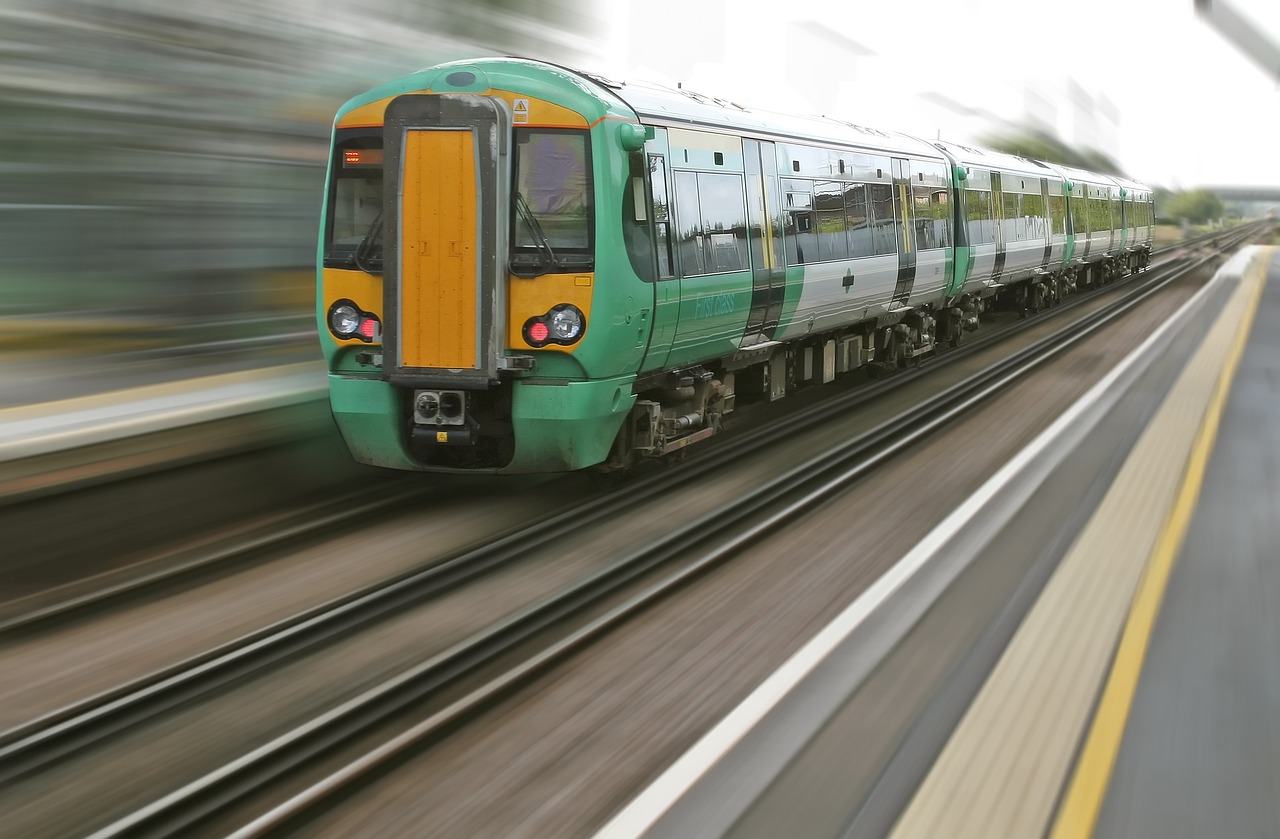Table of Contents
The evolution of locomotive technology is a fascinating journey that reflects not only the progress of transportation but also the relentless spirit of human innovation. From the puffing steam engines of the 19th century to the sleek, electric locomotives of today, this article explores the remarkable transformation of locomotive technology that has powered the world’s railways.
The evolution of locomotive technology is an enthralling narrative that encapsulates the essence of human ingenuity and our relentless pursuit of progress. It is a story that spans centuries, tracing the remarkable journey from the humble beginnings of steam engines in the 19th century to the cutting-edge, electric locomotives of today. This journey not only represents the evolution of transportation but also serves as a testament to our unwavering commitment to innovation.
In the 19th century, the world was introduced to the pioneering steam locomotives that chugged and puffed their way along iron tracks. These early engines, symbolized by locomotives like George Stephenson’s “Rocket,” marked the birth of the railway age. They harnessed the power of steam to revolutionize transportation, connecting distant cities and fueling the Industrial Revolution. The rhythmic chugging of these early locomotives became a symbol of progress, as they carried people and goods to places previously inaccessible.
As the 19th century gave way to the 20th, locomotive technology continued to evolve. The era of steam locomotion was gradually supplanted by the advent of diesel-electric locomotives. These engines were more efficient, reliable and versatile. They reduced the labor-intensive maintenance required by steam engines and allowed railways to expand their reach further and faster.
However, it was the electrification of railways that marked a turning point in locomotive technology. Electric locomotives offered unparalleled efficiency and environmental benefits. They could accelerate and decelerate more quickly, making them suitable for both passenger and freight services. The electrification of major rail networks in urban areas also contributed to cleaner air and quieter transportation, transforming the way people commuted and reducing the environmental impact of rail travel.
In recent decades, locomotive technology has taken another giant leap with the advent of high-speed trains. These marvels of engineering are designed not only for speed but also for safety, comfort and sustainability. Maglev trains, in particular, use magnetic levitation to achieve astonishing speeds, setting new records for rail travel.
Moreover, modern locomotives are equipped with advanced technology, including computerized control systems, GPS navigation and remote monitoring. These innovations enhance safety, precision and efficiency. Railways are becoming increasingly interconnected with other modes of transport, seamlessly integrating with urban transit systems and intermodal transportation hubs.
The future of locomotive technology holds even more promise. Researchers and engineers are exploring innovative solutions such as hydrogen fuel cells and hyperloop technology, which have the potential to revolutionize rail travel by further reducing emissions and increasing speed.
In conclusion, the evolution of locomotive technology is an awe-inspiring journey that mirrors the progress of human civilization. From the plumes of steam that characterized the 19th century to the sleek, electric marvels of today, locomotives have continuously adapted to meet the changing needs of society. This evolution not only reflects our dedication to improving transportation but also underscores our relentless spirit of innovation, ensuring that the locomotives of tomorrow will continue to power the world’s railways towards a more efficient, sustainable and interconnected future.
To delve further into this matter, we encourage you to check out the additional resources provided here: The History of the Electric Car | Department of Energy
Steam Power: The Birth of Locomotives
The early 19th century witnessed the birth of steam locomotion, a groundbreaking invention that revolutionized transportation. George Stephenson’s “Rocket” locomotive, built in 1829, is often considered the first modern steam locomotive. It was a symbol of the locomotive’s growing importance in industrializing nations, laying the groundwork for extensive rail networks.
Steam locomotives were characterized by their iconic, billowing plumes of steam and coal-fired boilers. They were workhorses of the Industrial Revolution, ferrying passengers and freight across continents. Steam power not only transformed the speed and efficiency of transportation but also had a profound impact on industries, spurring coal mining, iron and steel production and innovations in engineering.
Should you desire more in-depth information, it’s available for your perusal on this page: The Beginnings of American Railroads and Mapping | History of …
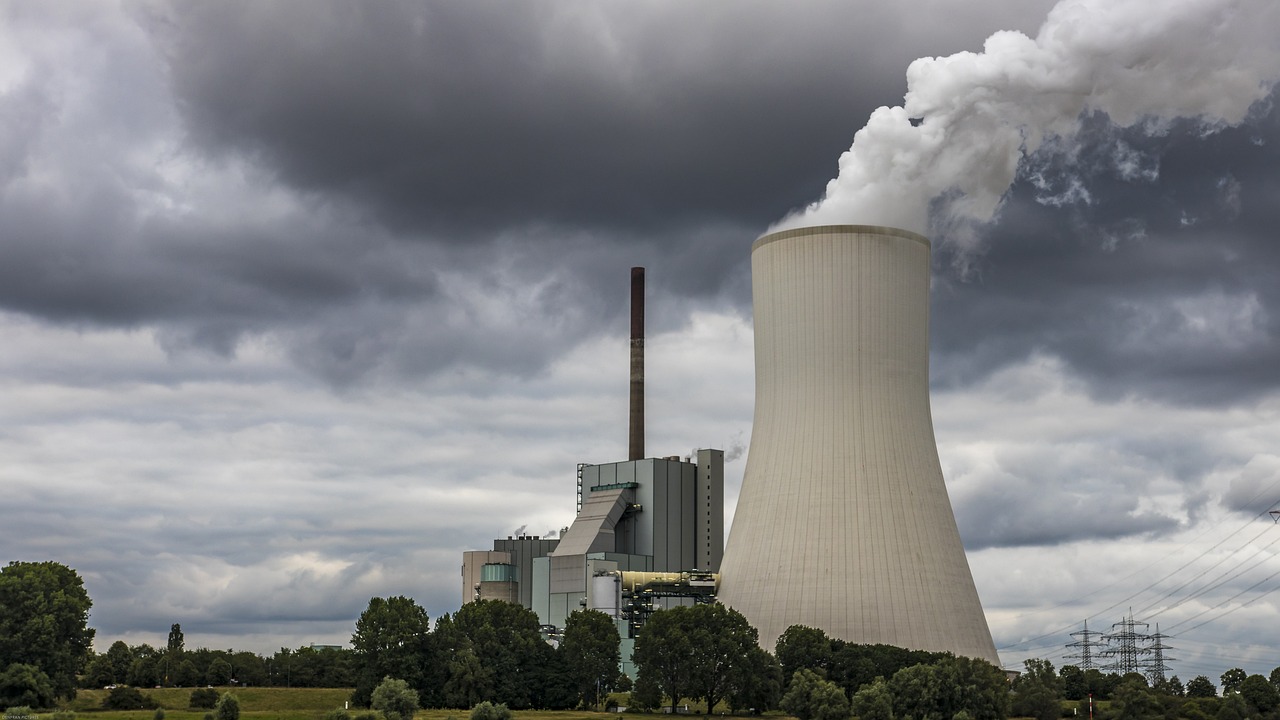
The Age of Steam Dominance
Throughout the 19th and early 20th centuries, steam locomotives dominated the railway landscape. These iron giants traversed landscapes, overcame mountain ranges and conquered deserts. They were instrumental in westward expansion, the development of remote regions and the growth of cities. The romance of steam trains captured the imagination of the public and gave rise to a rich cultural heritage of train travel.
Throughout the 19th and early 20th centuries, steam locomotives were the undeniable kings of the railway landscape. These iron giants, powered by the fury of steam, left an indelible mark on history. Their influence reached far beyond mere transportation, shaping nations, cultures and the very essence of the human spirit.
A Network of Progress
The dominance of steam locomotives coincided with an era of remarkable growth and progress. They were the sinews that bound nations together, stitching together vast territories and expanding their reach. Steam trains were instrumental in westward expansion in countries like the United States, where they paved the way for pioneers, settlers and fortune-seekers to traverse the continent. They conquered inhospitable landscapes, defied the odds of mountainous terrain and tamed deserts with their unyielding determination.
Urbanization and Industrialization
Cities owe much of their growth and prosperity to the arrival of steam locomotives. Railways became lifelines, enabling the efficient movement of people and goods. Industrial centers flourished as raw materials could be transported to factories with unparalleled ease. The ability to transport goods over long distances opened new markets and spurred economic growth. Cities like Chicago, with its intricate rail network, became bustling hubs of commerce, attracting people from far and wide.
A Cultural Icon
The romance of steam trains captured the hearts and minds of people, giving rise to a rich cultural heritage of train travel. They symbolized adventure, mystery and the promise of new horizons. Steam locomotives found their way into literature, music and art, becoming iconic symbols of progress and human ingenuity. Stories like Jules Verne’s “Around the World in Eighty Days” and songs like Johnny Cash’s “Folsom Prison Blues” immortalized the allure of train travel.
The Railways’ Impact on Society
The impact of steam locomotives extended to society at large. The development of standardized time zones was a direct response to the need for synchronized schedules in the railroad era. Communities along rail routes thrived, as they became vital junctions for trade and transportation. Even time itself was influenced, as rail timetables demanded punctuality and precision.
The End of an Era
As the 20th century progressed, steam locomotives faced competition from diesel-electric and electric trains. The allure of cleaner, more efficient technology signaled the end of the steam era. However, the legacy of these iron giants endures in museums, heritage railways and the hearts of railroad enthusiasts. Preservation efforts ensure that these historic locomotives continue to captivate new generations, offering a glimpse into a bygone era.
In conclusion, the reign of steam locomotives throughout the 19th and early 20th centuries was more than a technological marvel; it was a defining chapter in the story of human progress. These mighty machines overcame geographical barriers, fueled industrialization and nurtured a cultural fascination with trains that endures to this day. The age of steam may have passed, but its legacy remains an integral part of our collective memory, a testament to the indomitable spirit of innovation that powers the locomotive of history.
For a comprehensive look at this subject, we invite you to read more on this dedicated page: Overview | Rise of Industrial America, 1876-1900 | U.S. History …
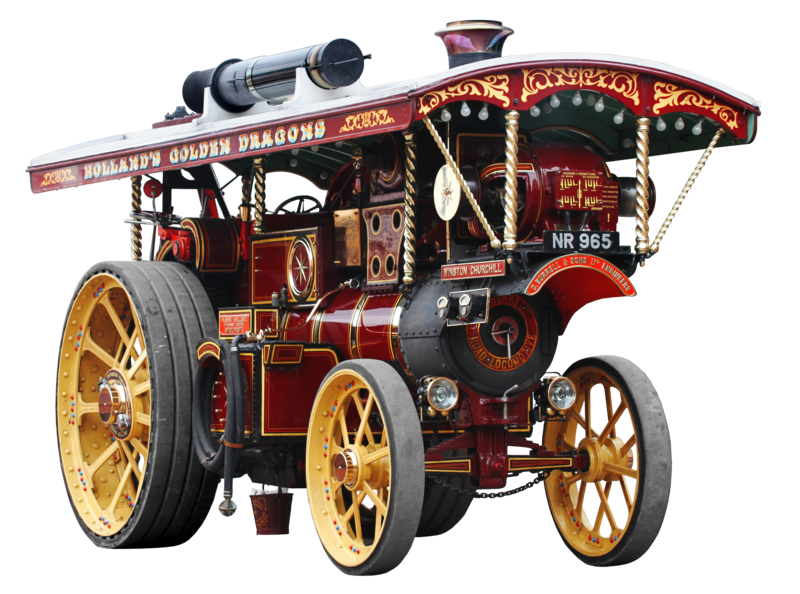
Transition to Diesel-Electric Power
The mid-20th century marked a pivotal shift in locomotive technology with the introduction of diesel-electric locomotives. These machines combined the power of diesel engines with electrical generators and electric traction motors to drive the wheels. Diesel-electric locomotives were more fuel-efficient, emitted fewer pollutants and required less maintenance compared to their steam counterparts.
The adoption of diesel-electric locomotives brought about several advantages. They were faster, more reliable and better suited for long-distance travel. The reduced need for extensive infrastructure, such as water and coal facilities, made them cost-effective for railway companies.
Don’t stop here; you can continue your exploration by following this link for more details: History of technology – Industrial Revolution, Machines, Automation …
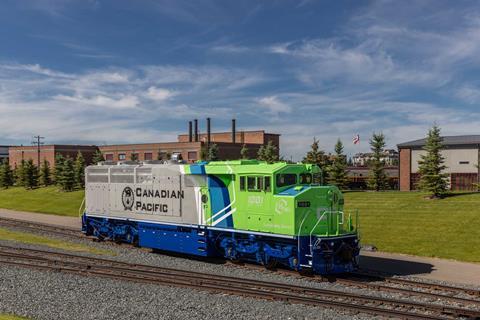
Electrification and High-Speed Rail
As urbanization and commuter transportation became more prominent, electrification emerged as a solution for railways operating in densely populated areas. Electric locomotives and overhead catenary systems became integral to urban rail networks. The introduction of high-speed electric trains, like the Japanese Shinkansen, revolutionized intercity travel, allowing passengers to reach their destinations at previously unimaginable speeds.
Electric locomotives also contributed to environmental sustainability, as they produced fewer emissions and were more energy-efficient than their diesel counterparts. In recent decades, many countries have invested in high-speed rail networks powered by electricity, setting new standards for rapid, eco-friendly transportation.
You can also read more about this here: Electrification of U.S. Railways: Pie in the Sky, or Realistic Goal …
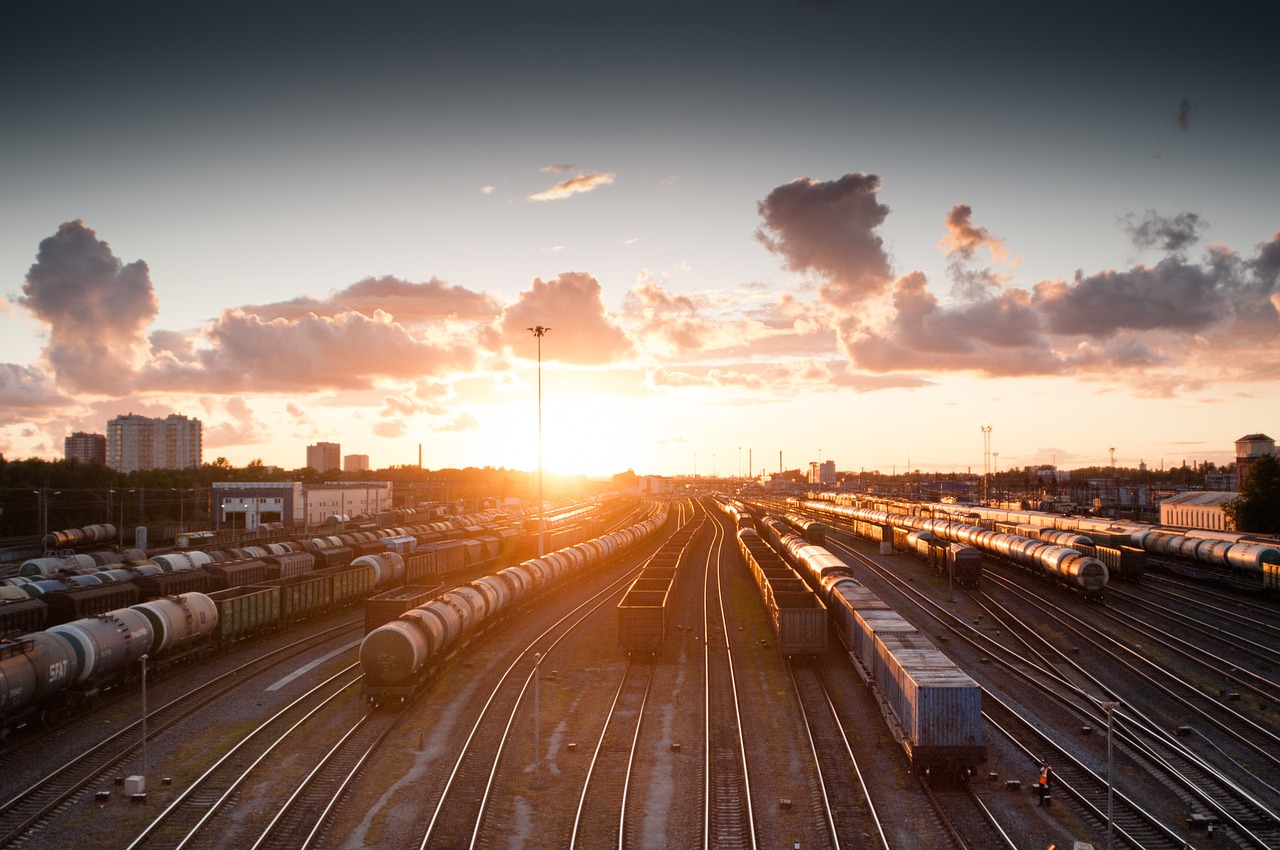
The Modern Landscape: Electric and Hybrid Trains
Today, locomotive technology continues to evolve. Electric locomotives remain a mainstay for passenger rail services, with advancements in propulsion systems and materials leading to greater efficiency and speed. Furthermore, the concept of hybrid trains, which combine electric and diesel propulsion, offers flexible solutions for diverse rail networks.
In addition to technological advancements, railroads are embracing digital innovations, including advanced train control systems, predictive maintenance and connectivity solutions, to improve safety, efficiency and passenger experience.
The evolution of locomotive technology is an ongoing journey, marked by continuous innovation and adaptation to the demands of modern transportation. In the contemporary era, locomotives are not only becoming more efficient and eco-friendly but are also integrating cutting-edge digital solutions to enhance safety, efficiency and the overall passenger experience. Let’s explore the ever-evolving landscape of locomotive technology:
“In the realm of locomotive technology, the wheels of progress never cease to turn. Today, we witness a dynamic evolution marked by advancements that are reshaping the rail industry. Electric locomotives, known for their efficiency and speed, continue to be the backbone of passenger rail services. Meanwhile, hybrid trains, a fusion of electric and diesel propulsion, are gaining prominence as flexible solutions for diverse rail networks. Beyond propulsion, digital innovations, such as advanced train control systems, predictive maintenance and connectivity solutions, are revolutionizing rail travel, ushering in a new era of safety, efficiency and passenger satisfaction.”
Electric Locomotives: Electric locomotives remain at the forefront of passenger rail services. Ongoing research and development efforts focus on enhancing the efficiency of electric propulsion systems, resulting in reduced energy consumption and increased speed. High-speed electric trains, like those found in Europe and Asia, exemplify the pinnacle of electric locomotive technology.
Hybrid Trains: The concept of hybrid trains, which seamlessly combine electric and diesel propulsion, is gaining traction in rail networks. These trains offer flexibility by operating on both electrified and non-electrified lines, reducing emissions and optimizing energy usage. They are especially valuable in regions with diverse rail infrastructure.
Alternative Fuels: In response to environmental concerns, rail operators are exploring alternative fuels, including hydrogen and battery-powered locomotives. These green technologies have the potential to significantly reduce emissions, particularly on non-electrified rail lines.
Digital Train Control: Advanced train control systems are revolutionizing rail safety and efficiency. Positive Train Control (PTC) systems, for example, enhance safety by automatically controlling train speed and braking. Additionally, the implementation of Communications-Based Train Control (CBTC) systems improves network capacity and reliability.
Predictive Maintenance: Railroads are increasingly turning to predictive maintenance solutions, which rely on sensors and data analytics to anticipate equipment failures and schedule maintenance proactively. This approach minimizes downtime and ensures the reliability of rail services.
Connectivity Solutions: The integration of connectivity solutions is enhancing the passenger experience and streamlining operations. Passengers now enjoy onboard Wi-Fi, real-time journey updates and digital ticketing. For rail operators, connectivity solutions provide insights into passenger behavior and preferences.
Autonomous Trains: Emerging technologies are paving the way for autonomous trains that can operate with minimal human intervention. These systems have the potential to increase operational efficiency and safety.
Environmental Sustainability: Locomotive manufacturers are committed to reducing the environmental impact of rail travel. Efforts include the development of more fuel-efficient engines, exhaust emission controls and initiatives to lower the overall carbon footprint of rail operations.
Global Collaboration: International collaboration and knowledge-sharing among rail operators, manufacturers and researchers foster a culture of innovation. Best practices and technological advancements are adopted across borders, driving progress in locomotive technology.
Passenger-Centric Design: Modern locomotives are designed with passenger comfort and convenience in mind. From spacious seating and improved ergonomics to amenities such as dining cars and entertainment systems, passenger-centric features enhance the overall rail travel experience.
In conclusion, locomotive technology continues to march forward, guided by a commitment to efficiency, sustainability and passenger satisfaction. As railroads embrace electric and hybrid propulsion, digital innovations and predictive maintenance, they are poised to meet the evolving demands of a rapidly changing world. This ongoing evolution not only redefines the locomotive landscape but also reaffirms the enduring significance of rail travel as a sustainable and innovative mode of transportation for the 21st century.
To expand your knowledge on this subject, make sure to read on at this location: BUILDING A CLEAN ENERGY ECONOMY:
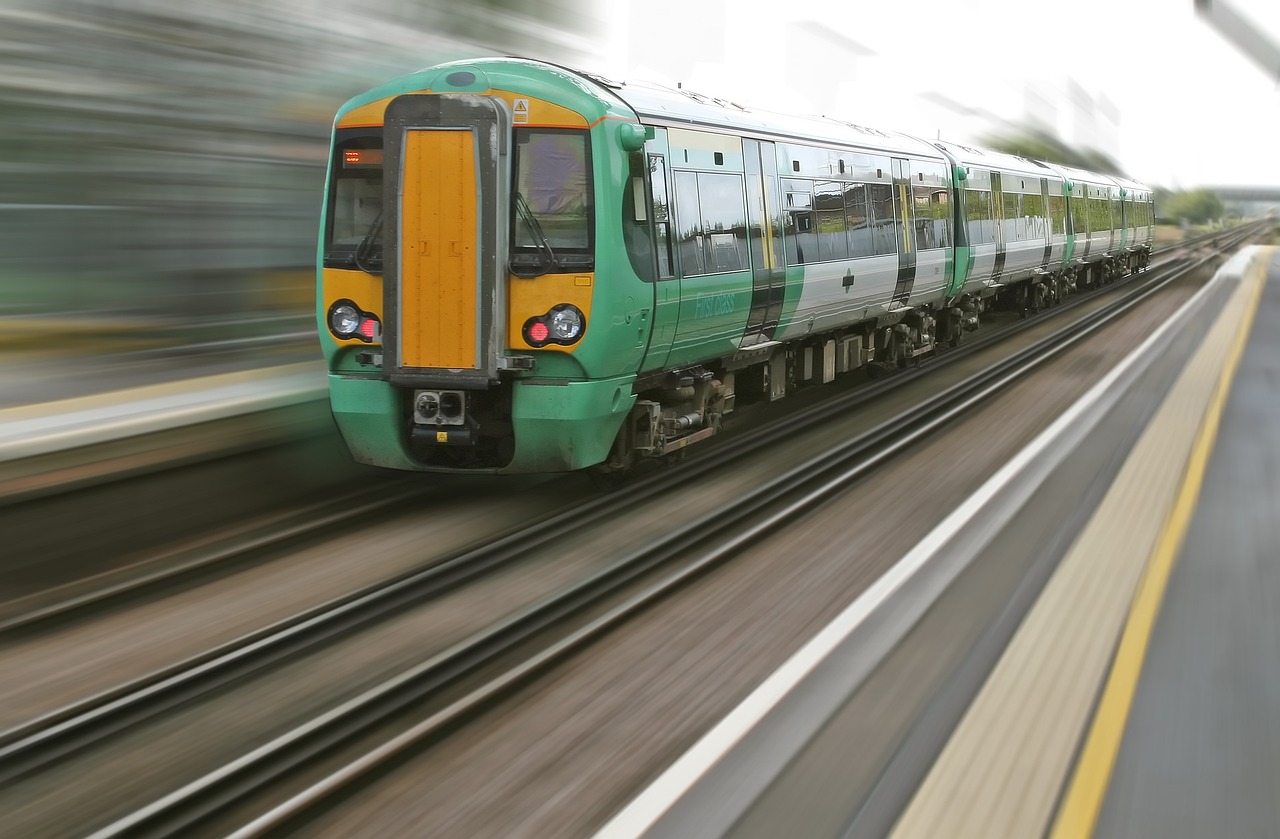
A Journey of Innovation
The evolution of locomotive technology from steam power to electrification represents an extraordinary journey of innovation, ingenuity and progress. It reflects the ever-present human drive to overcome challenges, improve efficiency and push the boundaries of what is possible in transportation. As we look to the future, with the development of high-speed maglev trains and sustainable energy solutions, the evolution of locomotive technology continues to shape the way we travel and connect the world.
The transformation of locomotive technology, from the billowing steam engines of yesteryears to the sleek and electrified marvels of today, is a testament to the ceaseless pursuit of innovation and the indomitable spirit of human progress. It’s a saga that echoes the perennial desire to conquer challenges, enhance efficiency and redefine the limits of what can be achieved in transportation. As we cast our gaze forward into the horizon of possibilities, the ongoing evolution of locomotive technology continues to be a driving force that shapes the way we traverse the world and foster global connections.
The initial shift from steam to electric locomotion marked a watershed moment in the history of rail travel. Electric trains brought about a quiet revolution, replacing the chugging, coal-driven engines with smooth, powerful electric motors. This transition not only improved the efficiency and reliability of rail transport but also significantly reduced environmental impacts, setting the stage for a more sustainable future.
Looking ahead, the development of high-speed maglev (magnetic levitation) trains represents the next quantum leap in locomotive technology. These futuristic marvels, which rely on magnetic forces to hover above tracks and achieve unparalleled speeds, promise to revolutionize travel by reducing travel times and enhancing efficiency. High-speed maglev trains hold the potential to bridge vast distances in record time, redefining the concept of long-distance commuting and tourism.
Moreover, the evolution of locomotive technology is closely intertwined with the quest for sustainable energy solutions. As the world grapples with environmental challenges, the rail industry is at the forefront of adopting eco-friendly technologies. Electrification, coupled with renewable energy sources such as solar and wind power, is making rail travel more sustainable and environmentally responsible. This commitment to reducing carbon footprints aligns with the global effort to combat climate change and preserve the planet for future generations.
In essence, the journey of locomotive technology is an enduring narrative of human achievement. It mirrors our capacity to adapt, innovate and improve, as we overcome obstacles and strive for a brighter, more connected and environmentally responsible future. As we continue down this track of progress, we can anticipate that the evolution of locomotive technology will continue to play a pivotal role in reshaping how we travel, forging global connections and contributing to a more sustainable and interconnected world.
Additionally, you can find further information on this topic by visiting this page: The History of the Electric Car | Department of Energy
More links
Additionally, you can find further information on this topic by visiting this page: History of technology – Industrial Revolution, Machines, Automation …
